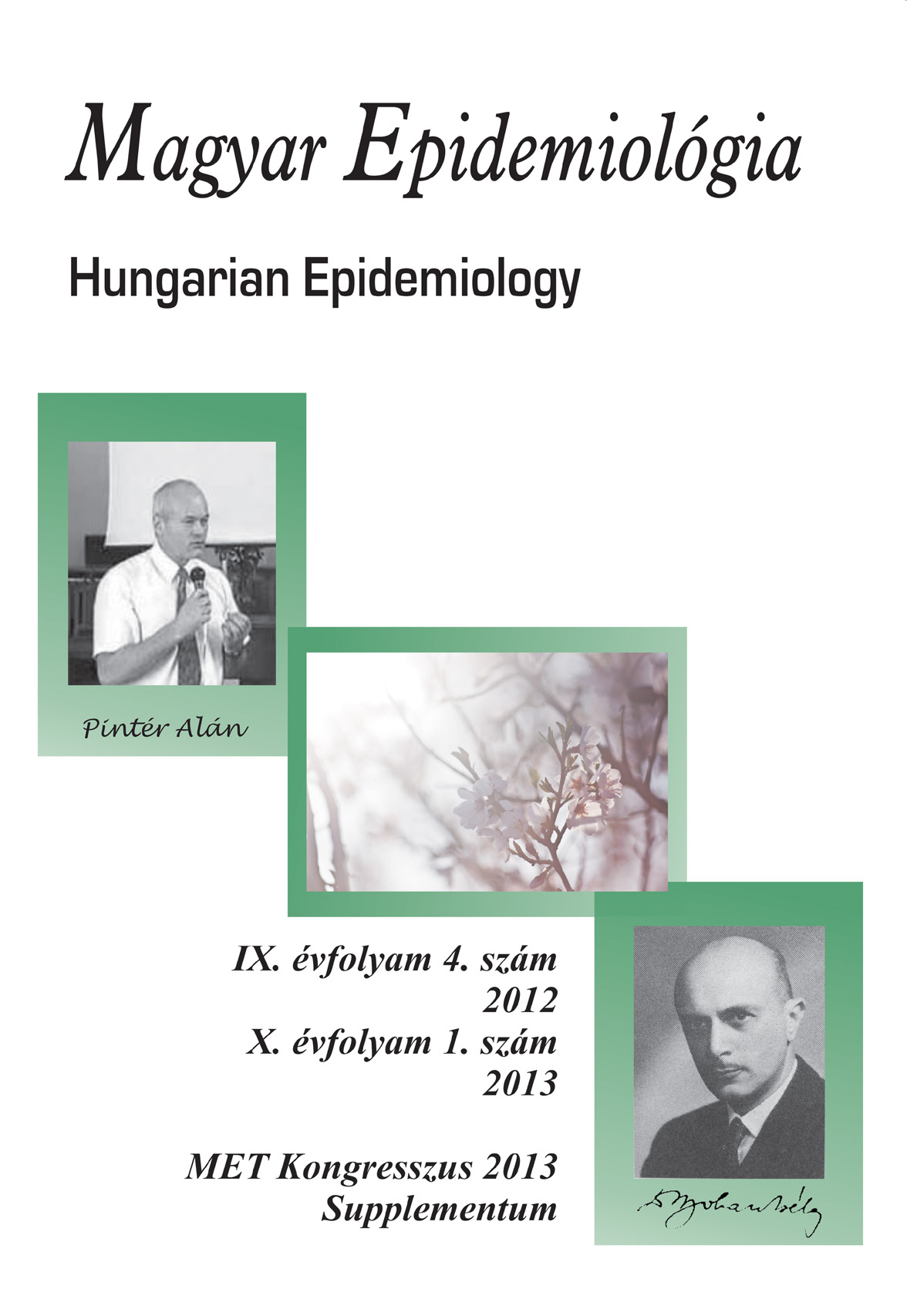|
|
 ADDENDUM: UP-DATING THE MONOGRAPH "CYTOLYTIC IMMUNE LYMPHOCYTES." PART I. BASIC SCIENCE ADDENDUM: UP-DATING THE MONOGRAPH "CYTOLYTIC IMMUNE LYMPHOCYTES." PART I. BASIC SCIENCE |
| After the final manuscript went to print, new information of fundamental importance has emerged. The new information concerns the cell division machinery of prokaryotes (bacteria), archaea and eukaryotes. In prokaryotes (bacteria) and Euryarchaeota, cell divisions are initiated by the FtsZ prote-in filaments. These are filamentous tubulins with cytokinetic Z rings forming sheets and cytoskeletal septosomes with affinity to guanine triphosphatase and exhibiting nucleotide binding sites. In contrast, the hyperthermophilic crenachaeon Sulfolobus acidocaldarius, and other Crenarchaea, initiate their cell divisions by a three-gene operon, cdv (cell division). Over twenty genes are induced to carry out the division of crenarchaeal cells. These are the vps (vacuolar protein sorting) and saci (surface-activated chemical ionization) genes. The genes and gene-product proteins cdvB and cdvC arranging the cell division of Crenachaeota (with the exception of Thermoproteales) are related to the eukaryotic proteins of the vesicle budding process, the ESCRT-III sorting complex (endosomal sorting complex required for transport) and CHMP1B (charged multivesicular body protein). The close resemblance of some of the cell division machinery proteins of crenarchaea and the protein sorting machinery of eukaryota strongly suggests that primordial crenarchaeota and eukaryota were evolutionary related. These phyla either derive from a common ancestor diverging into two separate lines, or eukaryota emerged by fusion of two cells, one of which was a crenarchaeon. Should a modern laboratory initiate fusogenic virus- (phage)-mediated cell fusion experiments between extant prokaryotic and archaeal proto-spheroplasts, in order to create hybrid cells resembling the first eukaryotic cells, which emerged in the microenvironment of the ancient Earth over three billion years ago, the archaeal proto-spheroplasts selected should be those of crenarchaeota. |
|
|
 Magyar Epidemiológia Magyar Epidemiológia |  |
 Bejelentkezés Bejelentkezés | |
|
|
